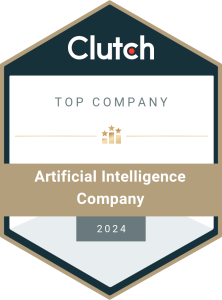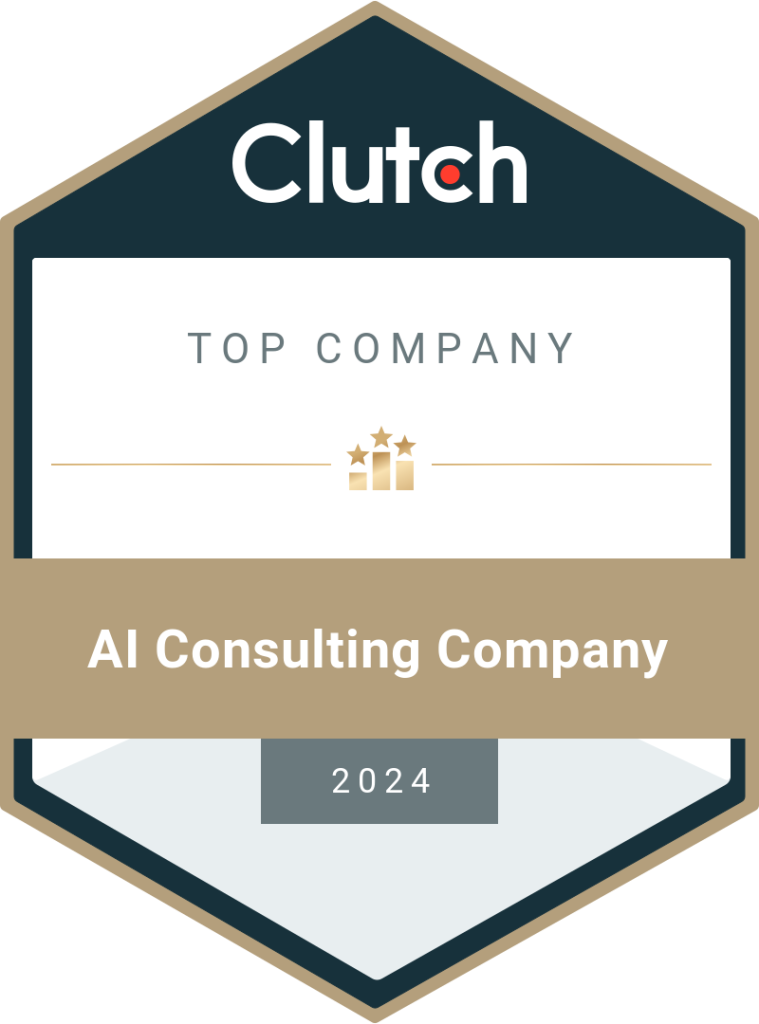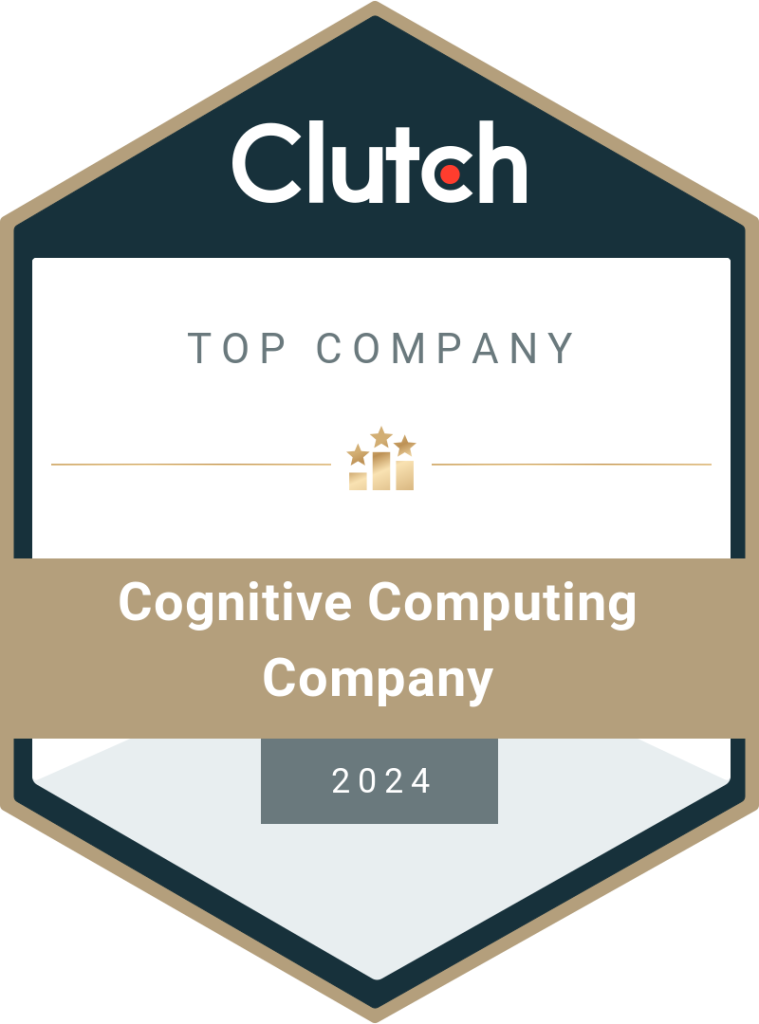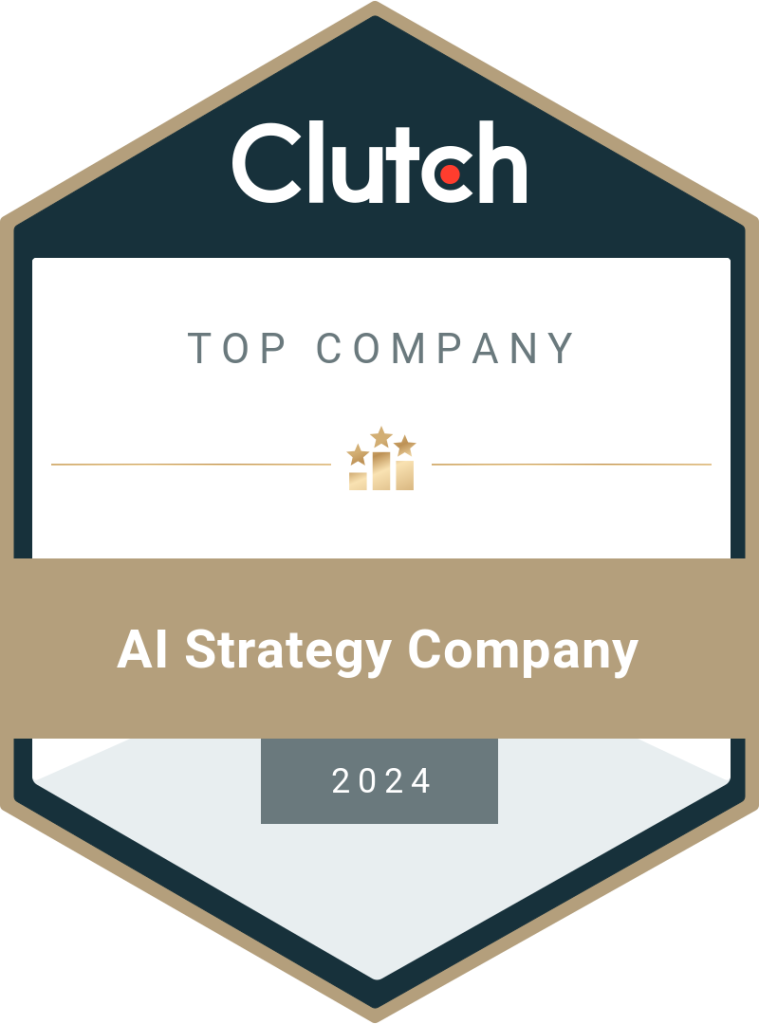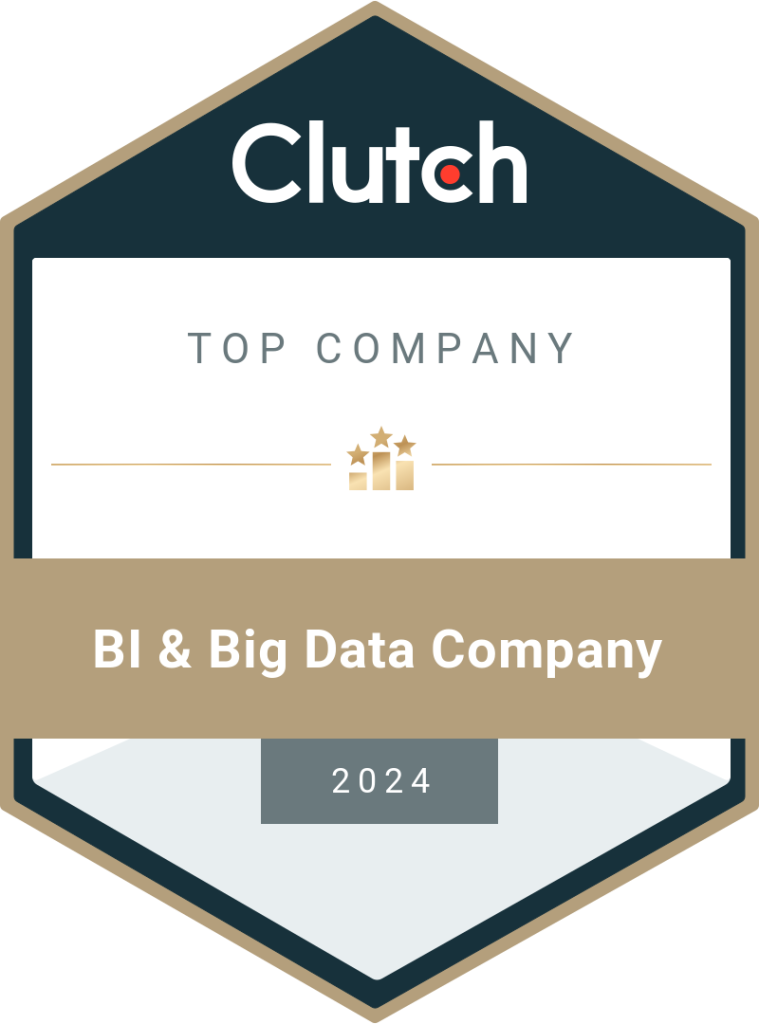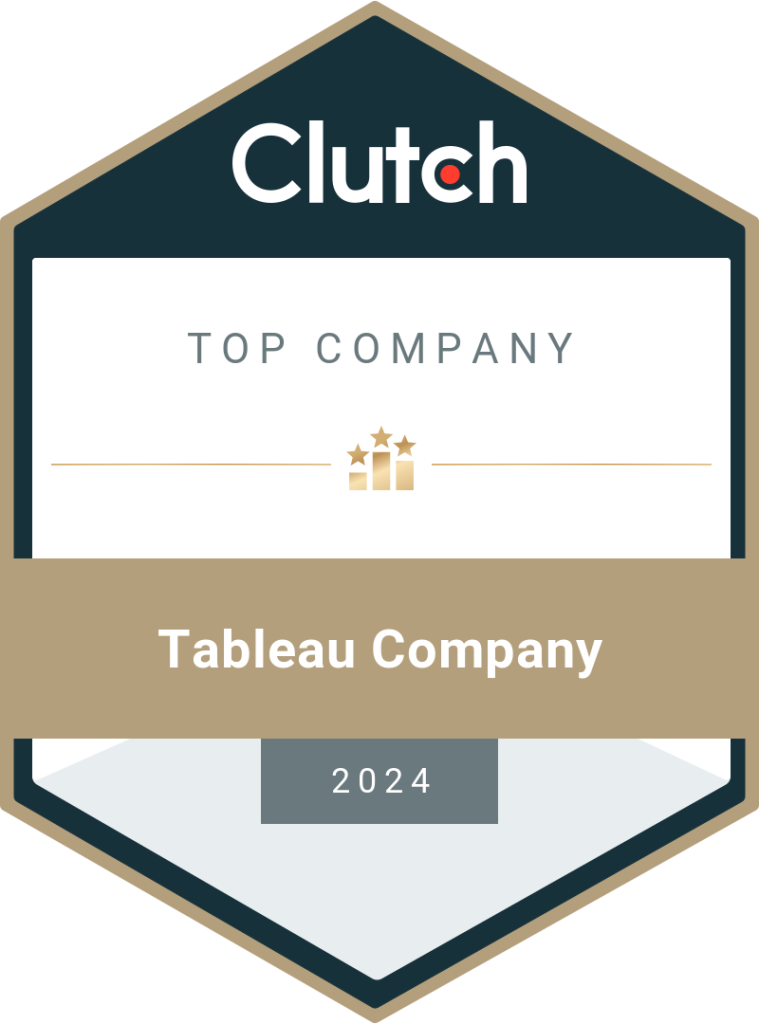How to Estimate Staff Augmentation Cost? A Go-To Guide
With staff augmentation services gaining popularity, businesses are eager to use the services and reduce hiring costs without compromising quality or results. Here, we’ll discuss the steps to estimate staff augmentation cost and how to use DataToBiz staff augmentation estimator tool plus the factors that influence the price. IT & Data Engineering Staff augmentation is a popular business strategy to expand the internal workforce quickly and efficiently by bringing in an experienced team of experts. Instead of going through the lengthy recruiting process, you can contact a staff augmentation company with your requirements and hire candidates in less than a week. The team will start working as soon as possible and will stay with your business as per the terms of the contract. You can let them go after the project ends or replace them with other candidates midway through if the results are not satisfactory. A report shows that the staff augmentation market was $460.9 billion in 2023 and is expected to grow at a CAGR (compound annual growth rate) of 4.5% by 2028. Many organizations are relying on staff augmentation rather than full-scale hiring every time as it is a cost-effective and flexible solution. However, you will still need to consider the costs of staff augmentation and how it can affect your budget. So how do you estimate staff augmentation cost? Is there a tool for it? Which tool do you use, and how does it work? How do staff augmentation companies calculate the costs of the service? Let’s find out in this blog. How to Estimate Staff Augmentation Cost Team augmentation services don’t have fixed pricing. This makes it easier for service providers and businesses to create staff augmentation teams of varied sizes, expertise, skills, talents, etc., for any duration. Service providers like DataToBiz have developed a simple yet effective online estimator tool to calculate the cost of staff augmentation services. The company offers onshore, nearshore, and offshore staff augmentation services with flexible and transparent pricing models. Let’s look at how you can use the estimator tool on their website. Step-by-Step Process to Use DataToBiz Staff Augmentation Cost Estimator Visit the Staff Augmentation Estimator Tool on DataToBiz and follow the below steps: 1. Select Expert Type Start by choosing the type of experts you want to include in your business. Pick individual options from the same drop-down to create a team. For example, you can select a Power BI developer, Azure data engineer, LLM engineer, data architect, and deep learning engineer to form a team of five. 2. Choose Seniority Level The seniority levels are varied and have options for entry-level, mid-level, and high-level, along with a ‘not sure’ choice. This last option is helpful when you are not sure about what level of expertise is necessary for the project. 3. Choose Duration In the duration field, the options range from three months to more than three years (with an internal time scale like 3-6 months, 6-9 months, etc.). This helps to estimate staff augmentation cost for the duration of the project. 4. Select the Number of Candidates Next, you select the number of candidates required for the role. Larger projects need more than one person for the same role. Here, the options range from one to over 5. You can build a team of any size and get an accurate estimate of the staff augmentation pricing model using this tool. 5. Request the Estimate Once you select all the necessary fields, submit the details to the company. Simply enter your name, email address, and mobile number. Submit the request to get a detailed estimate delivered to your inbox. The response will be accurate and quick. You can schedule a call with the experts to discuss further details and build a team as per your requirements. Reasons to Use Staff Augmentation Price Estimate Tool Why should you calculate expertise cost before finalizing staff augmentation services from a provider? There are many reasons to do this. Transparent Pricing for Budgeting You can know how much the project will cost and prepare your budget accordingly. If it is a third-party project, you can negotiate the rate with your clients to ensure profits. Moreover, you can compare the estimates from different service providers and make the right decision. Do remember to check for qualifications, expertise, and testimonials as well. Customized Estimates Staffing cost varies by a wide margin and depends on several factors. The rough price plans are samples subject to change based on your requirements. By using an estimator tool, you will get a customized cost for your project. There will be less ambiguity or fewer chances of additional/ hidden costs disturbing your budget. Flexible and Scalable When you estimate staff augmentation costs in advance, there will be greater flexibility in building a team of experts that align with your budget and project specifications. You can get quotes with varying requirements to get a better idea about how to adjust the team without exceeding the budget. Factors That Influence Staff Augmentation Costs Skillset Specifications Skills related to advanced technology can be more expensive compared to standard engineers or developers as there will be fewer people with the required knowledge and experience. Location of Resources The cost of living and minimum wage rates are different from one country to another. Even within the same region, the rates may vary due to local factors. Aspects like cultural differences and communication constraints are also considered to estimate staff augmentation costs. Duration of the Project Short-term projects will have lower costs while long-term projects can be expensive. However, it is not always straightforward. Short-term and ad hoc projects can be costly if difficulties arise midway and cause unexpected delays. For long-term projects, businesses can save money through extended hiring instead of the pay-per-hour model. Demand and Supply The demand vs. supply ratio will be a crucial factor in any pricing. Staff augmentation is no exception to this. For example, you may need to spend more to hire data scientists with over five
Read More